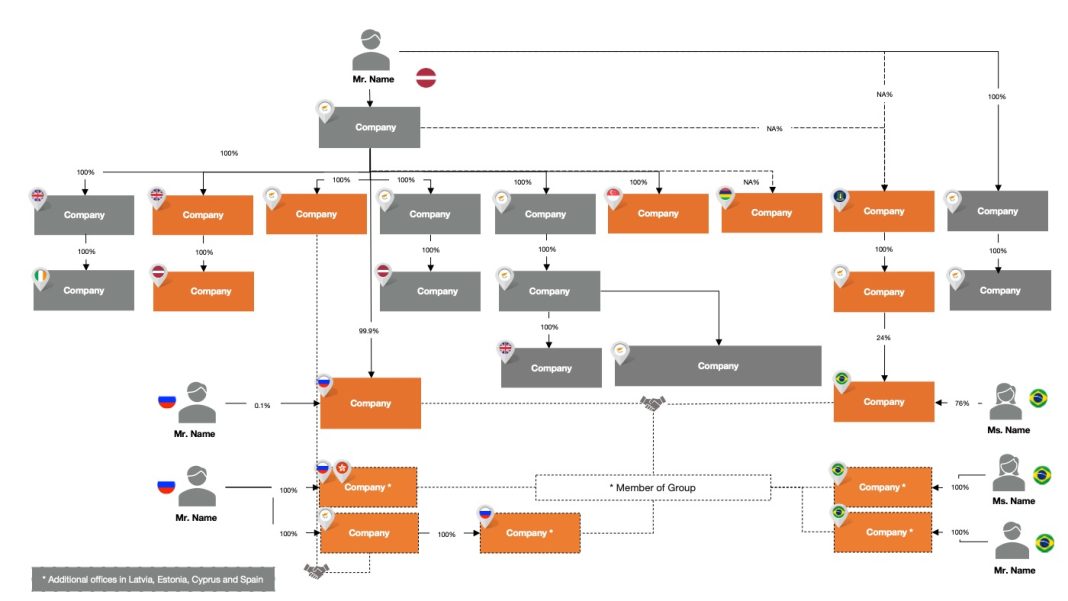 Lance Bass, the former member of the band *NSYNC, recently made a surprising revelation about his health. After being diagnosed with Type 2 diabetes a few years ago, Bass discovered that he actually has latent autoimmune diabetes of adults (LADA), also known as Type 1.5 diabetes. LADA is a condition that exhibits features of both Type 1 and Type 2 diabetes.
Lance Bass, the former member of the band *NSYNC, recently made a surprising revelation about his health. After being diagnosed with Type 2 diabetes a few years ago, Bass discovered that he actually has latent autoimmune diabetes of adults (LADA), also known as Type 1.5 diabetes. LADA is a condition that exhibits features of both Type 1 and Type 2 diabetes.
Type 1 diabetes is typically diagnosed in childhood or adolescence and occurs when the pancreas produces little or no insulin. Insulin is a hormone that helps regulate blood sugar levels. On the other hand, Type 2 diabetes, which affects 90% to 95% of diabetics in the US, happens when the pancreas doesn’t produce enough insulin or the body doesn’t use it effectively. This type of diabetes is often diagnosed later in life, usually after the age of 45.
LADA is a slow-developing condition that usually starts after the age of 30. It occurs when the immune system mistakenly attacks the insulin-producing cells in the pancreas, making it difficult for the body to control blood sugar levels. Because of its similarities to Type 1 and Type 2 diabetes, LADA is often misdiagnosed. According to Dr. Janet O’Mahony, an internal medicine doctor, LADA is typically diagnosed by checking for autoimmune antibodies.
A recent report by KFF Health News suggests that up to 10% of people diagnosed with Type 2 diabetes may actually have LADA. The symptoms of LADA include frequent thirst, increased urination (including at night), unexplained weight loss, blurred vision, tingling in the hands or feet, and weakness and fatigue.
When it comes to treatment options, Bass shared that he began feeling better after making changes to his diet and prioritizing exercise. In addition to lifestyle changes, such as regular exercise, weight loss, healthy diet choices, and smoking cessation, medication may also be part of the treatment plan for LADA. However, as the body gradually loses its ability to produce insulin, most people with LADA eventually need insulin shots.
Bass revealed his LADA diagnosis while promoting Dexcom G7, a continuous glucose monitor. This device helps individuals with diabetes monitor their blood sugar levels more effectively. Bass’s story serves as a reminder that the correct diagnosis is crucial for effective management of diabetes, as misdiagnosis can lead to delayed or inadequate treatment.
LADA is an often overlooked form of diabetes, but raising awareness about it can help ensure that individuals receive the appropriate care and support. By sharing his experience, Lance Bass has shed light on this lesser-known type of diabetes and has become an advocate for those living with LADA.


